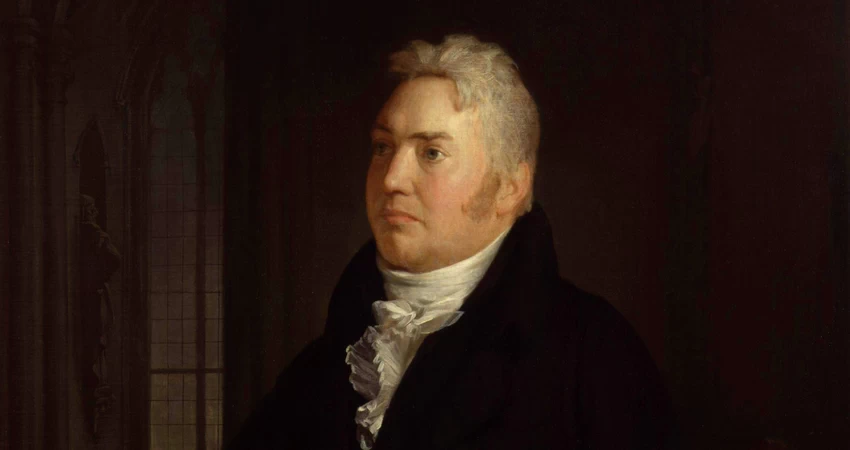The autobiographical work Biographia Literaria by S T Coleridge was published in 1817. It was one of the Coleridge’s main critical studies. In this work, he discussed the elements of writing. Here Coleridge tries to discover the differences between fancy and imagination Coleridge theory about Fancy and Imagination. Before the discovery of Coleridge’s theory about fancy and imagination, people used these two terms as the same thing but it is Coleridge who have differentiated these two terms and named them two state of thinking.
Imagination
Imagination denotes the working of poetic minds upon internal objects or the invisible objects. Imaginative process sometimes adds additional properties to an object or sometimes abstracts from some of its properties. Therefore, imagination transforms the object into something new. It modifies and creates new objects.
Imagination is a creative power. It can give shape and forms of beauty by fusing and unifying the different impression it receives from the external world.
In conclusion, we can say that Wordsworth’s “Preface to Lyrical Ballads” brought a huge change in the realm of English literature. So, unhesitatingly it can be said that it was a manifesto of Romantic Movement.
According to Coleridge, Milton is a highly imaginative poet. Here, an example is c3iting of imagination
What! Have these daughters brought him to this pass.
Coleridge distinguishes imagination into two types-
- Primary and
- Secondary;
Primary imagination is-
The living power and prime agent of all human perception.
Whereas, Secondary imagination is the poetic vision the faculty that a poet has “To idealize and unity”. Secondary imagination is more active and more conscious than the primary one.
Fancy
Coleridge regards fancy to be the inferior to imagination. It only combines different things into different shapes not like imagination to fuse them into one. According to Coleridge,
It is the process of bringing together images dissimilar by the main by source.
It has no other counters to play with, but fixities and definities. Coleridge suggests Cowley as a fanciful poet.
Lutes, laurels, seas of milk and ships of amber.
The line given above is the example of fancy.
The distinction between fancy and imagination rested on the fact that fancy is concerned with the mechanical operations of the mind while imagination on the other hand is described the mysterious power.
To conclude Coleridge has made an intellectual interpretation of ‘Fancy’ and ‘Imagination’. Coleridge owned his interest in study of theory of imagination. He is the first critic to study the nature of imagination and examine its role in creative activity. While most of the critics use ‘fancy’ and ‘imagination` almost as synonyms. Coleridge distinguishes themselves that defines their respective roles. Coleridge’s treatment of the subject is characterized by greater depth, penetration and philosophical subtlety. It is his unique contribution to the literary theory.

